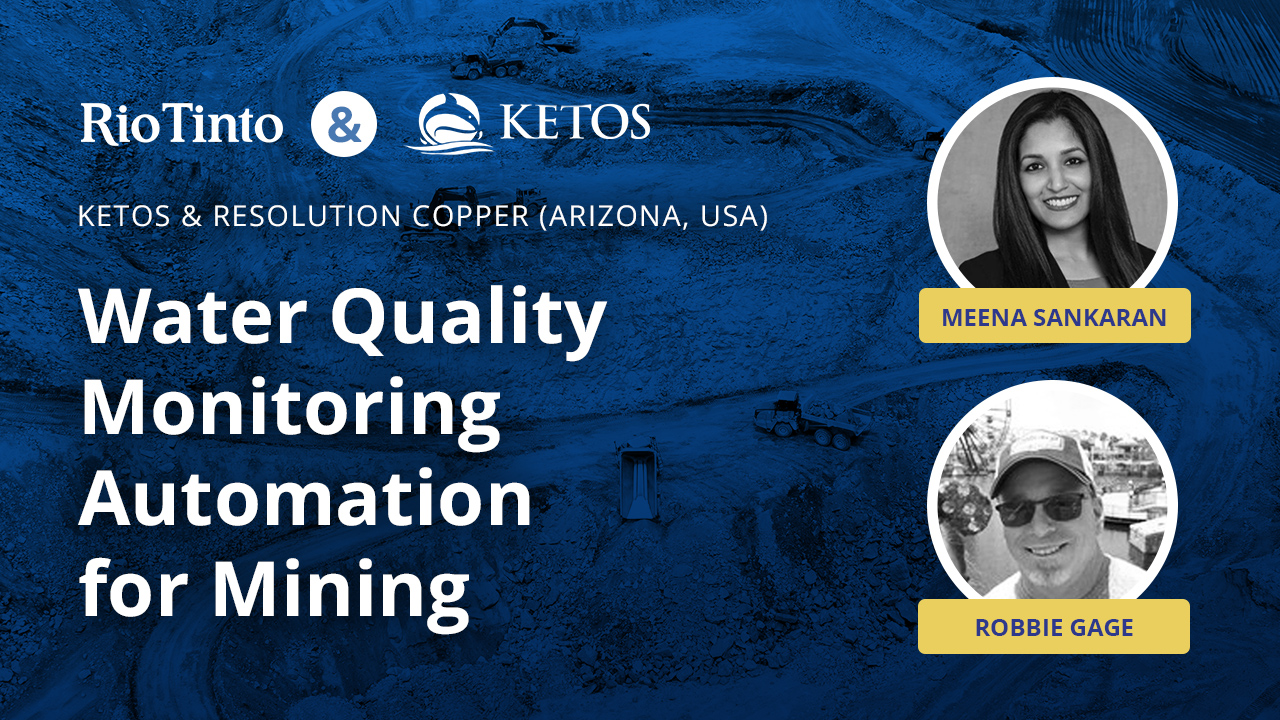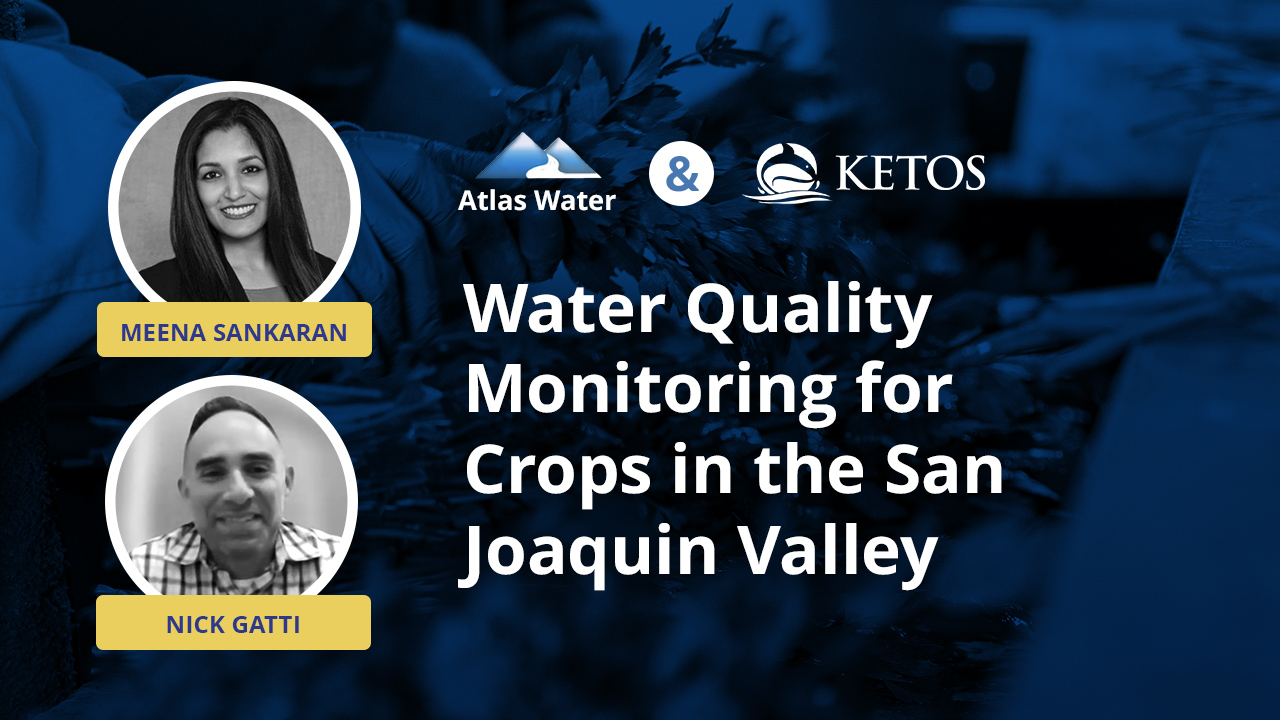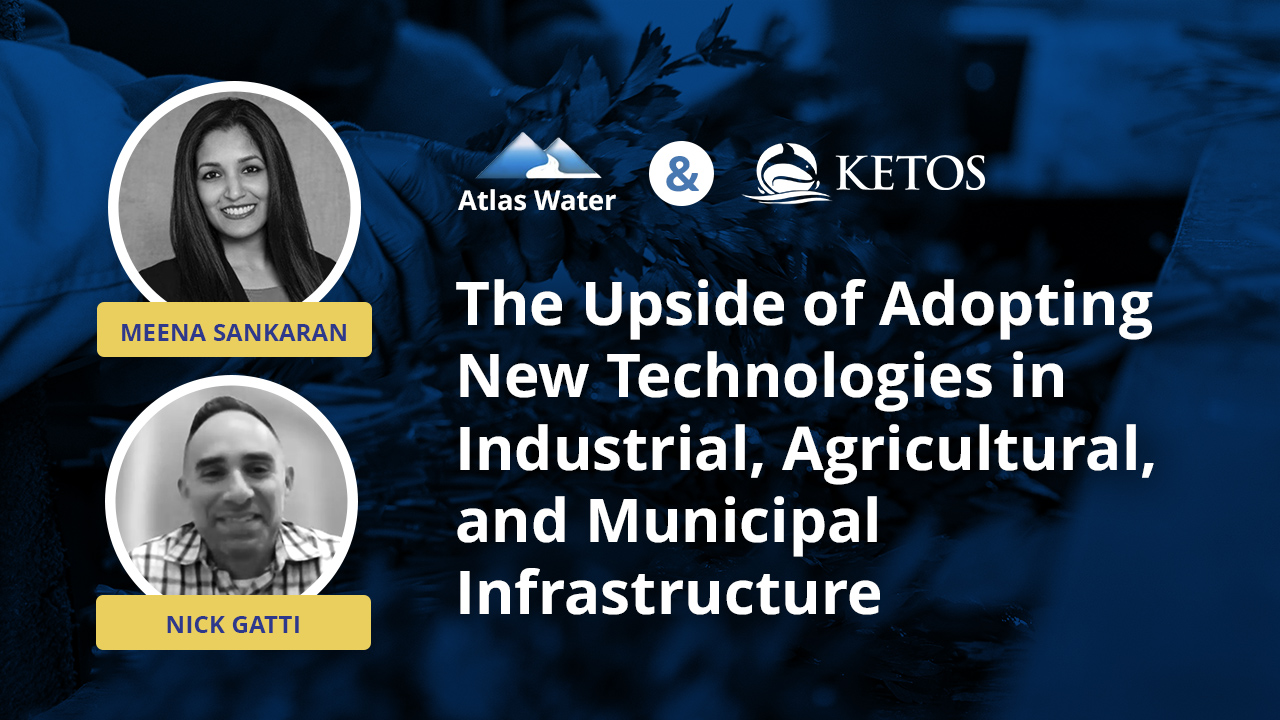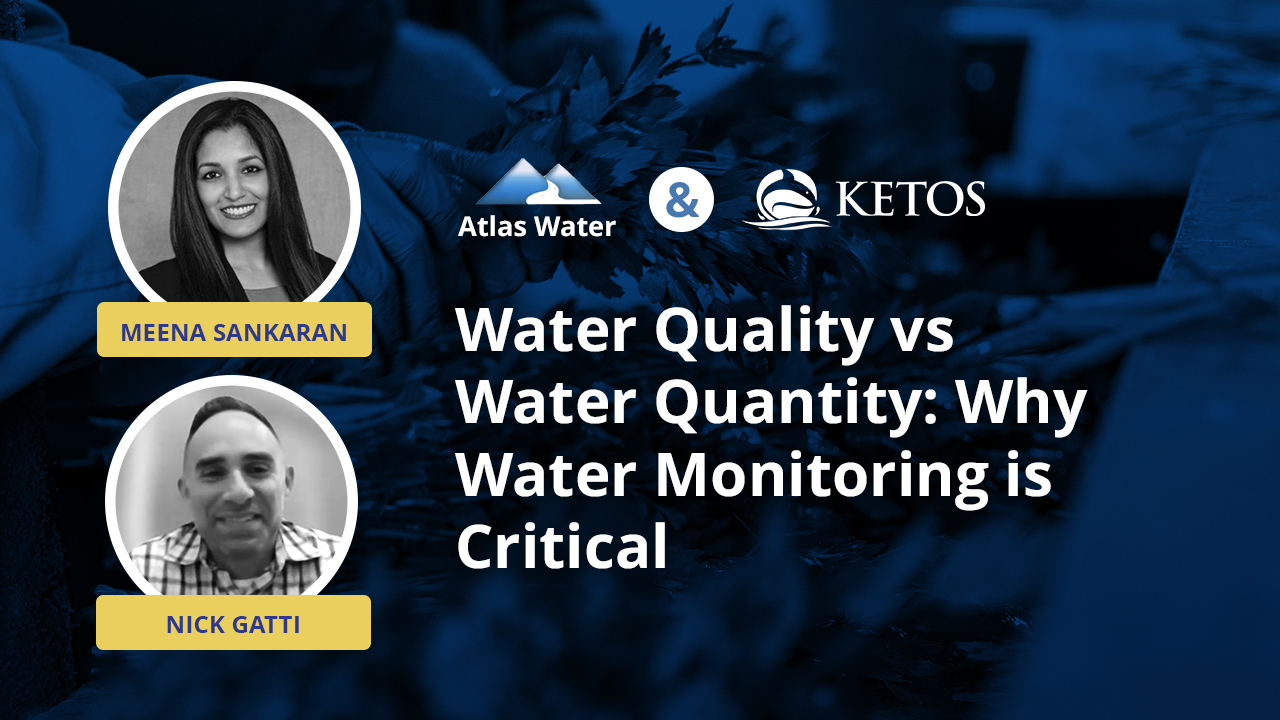
KETOS: A $0 CAPEX, OPEX Driven, Partnership Approach to Water Management
Traditionally, while operators are focused on uptime and deliverables, they also have to contend with an influx of new solutions that may have a shelf
Learn How Automated Water Sampling Saves Cities & Businesses Hundreds of Hours Each Year…

PFAS Exposure In the USA
WEBINAR: Operational Value of Water Quality Intelligence in Agriculture
Oct 23, 2024 at 11:00 AM EST

Traditionally, while operators are focused on uptime and deliverables, they also have to contend with an influx of new solutions that may have a shelf

When it comes to embracing new technologies, including water monitoring and management solutions, water operators may have questions. Many managers wonder about how easy it

Automation shouldn’t be about taking away someone’s job – it should be about simplifying tasks and freeing up personnel for more productive work. Here’s how

After leveraging KETOS for a while, Robbie Gage, Superintendent of Mining Operations, Rio Tinto, talks to KETOS CEO Meena Sankaran about how automation and real-time

Water is a very water-intensive industry. It’s used for processing ore, watering mine pits, and more, meaning mines need different water quality for different purposes.

Some key priorities for a company like Rio Tinto include setting a mine like Resolution Copper up for success – and water management is critical

Recently, KETOS CEO Meena Sankaran sat down with Robbie Gage – Superintendent of Mining Operations, Rio Tinto to talk about KETOS, Resolution Copper, and water

Crops can be vulnerable to weather patterns and are quite dependent on water. The upside to automated monitoring is being able to control water and

KETOS isn’t just for agricultural applications! As KETOS CEO Meena Sankaran explains, one of the benefits to adopting new technologies includes the paradigm shift in

Understanding water quality is important. However, so many important datasets can also be used – including satellite data, imaging, crop data, and more. Leveraging AI

Supporting clients during fluctuating water patterns requires careful water monitoring. In this clip from KETOS’ latest webinar (“Operational Value of Water Quality Intelligence in Agriculture”),

While agriculture needs water availability to thrive, ensuring water availability during drought has always been challenging. A key priority of RRG is to bridge water
Subscribe to our newsletter to stay updated with the latest water insights.
"*" indicates required fields
Copyright © All rights reserved.
Website & Graphic Design by MediumInteractive.com